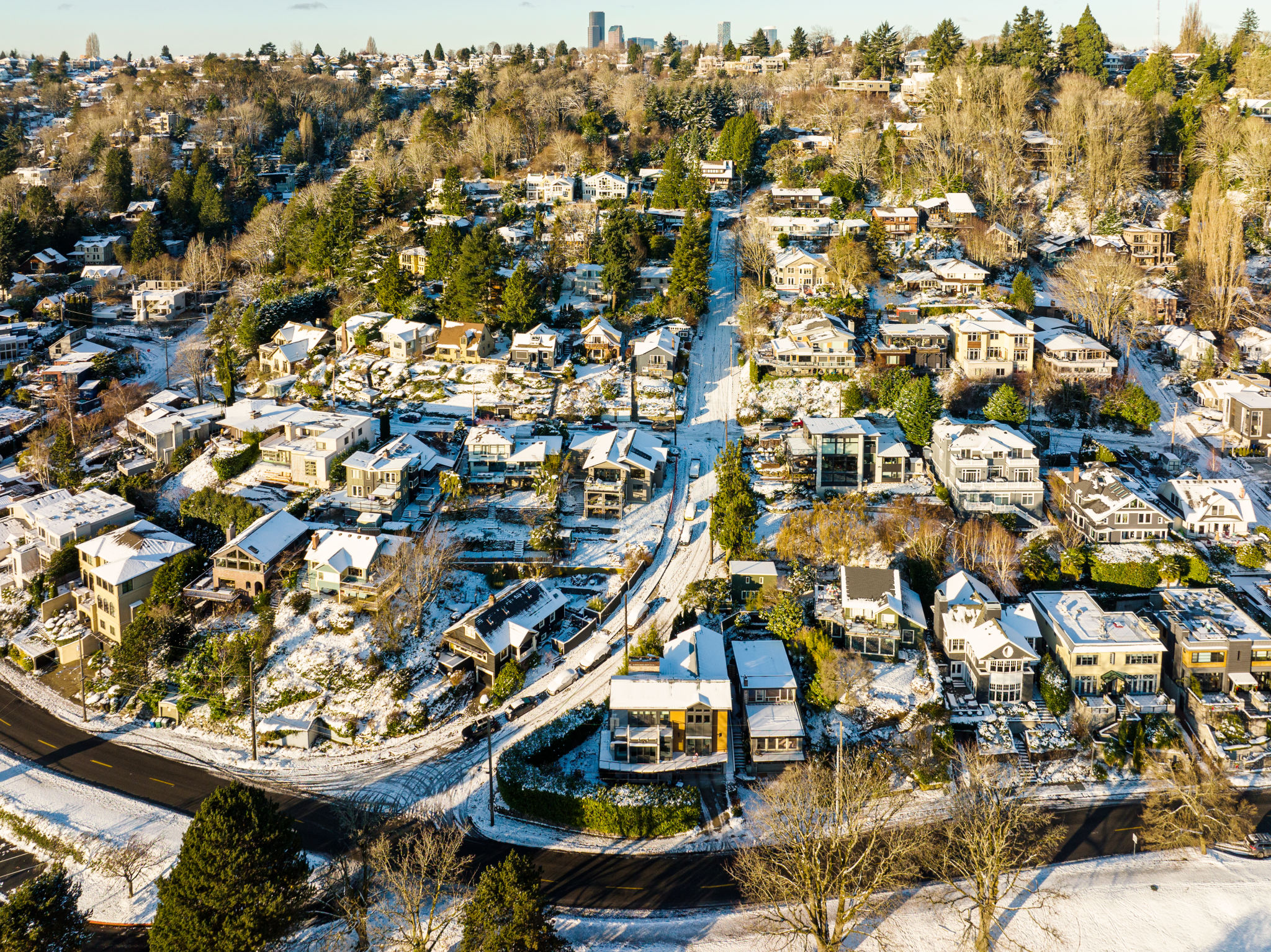Seasonal Service Prep: How to Get Ready for Winter in the Seattle Area
Understanding Seattle's Winter Climate
Seattle winters are known for their wet and chilly conditions rather than heavy snowfall. While the city rarely experiences extreme cold, the damp weather can pose unique challenges. It's essential to prepare homes and vehicles to handle the persistent rain and occasional cold snaps.

Home Maintenance Tips
One of the first steps in preparing for winter is ensuring your home is ready to handle the elements. Start by checking your roof for any signs of damage or leaks. It's crucial to address these issues before the heavy rains set in. Additionally, clean out gutters and downspouts to ensure proper drainage, preventing water from pooling and causing damage.
Insulation is another key area to focus on. Check your attic and walls to ensure they are adequately insulated, which will help keep heating costs down and your home warm. Sealing windows and doors can also prevent drafts, adding an extra layer of comfort.
Preparing Your Vehicle
Winterizing your vehicle is a must for Seattle residents. Begin by checking your car's battery, as cold weather can affect its performance. Ensure your tires have sufficient tread and consider switching to winter tires if you plan to travel to higher elevations where snow is more common.

Don't forget to check the windshield wipers and replace them if necessary. The Seattle rain can be relentless, and having clear visibility is crucial for safe driving. Lastly, keep an emergency kit in your car, including items like a flashlight, blankets, and non-perishable snacks.
Gardening and Landscaping
Winter is also a time to protect your outdoor plants. Mulching around the base of plants can help retain moisture and regulate soil temperature. Consider covering sensitive plants or moving potted plants indoors during particularly cold spells.

It's also a good idea to aerate your lawn in the fall to prepare it for the months ahead. This will help with drainage and ensure your grass comes back healthy in the spring.
Energy Efficiency and Safety
As the temperature drops, energy consumption typically rises. To keep costs manageable, consider having your heating system serviced to ensure it runs efficiently. Installing a programmable thermostat can also help you manage energy usage by automatically adjusting the temperature when you're not home.
Lastly, check smoke detectors and carbon monoxide alarms to ensure they are functioning correctly. With more time spent indoors and increased use of heating systems, having working alarms is crucial for your family's safety.

Conclusion
Preparing for winter in the Seattle area involves a mix of home maintenance, vehicle preparation, and energy management. By taking these proactive steps, you can ensure a safe and comfortable season, ready to handle whatever the Pacific Northwest weather throws your way.